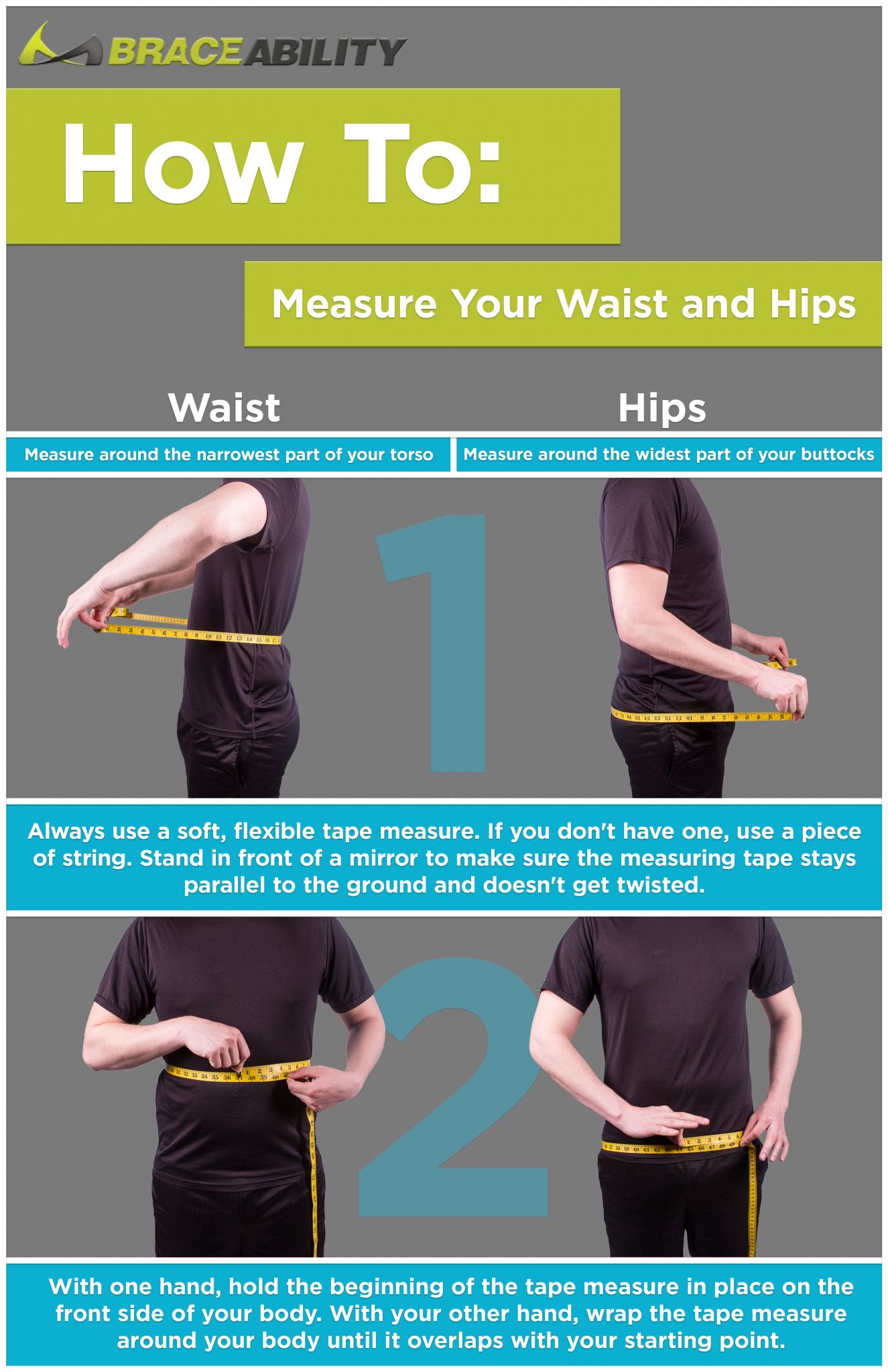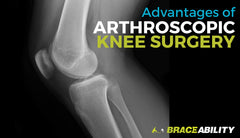Hip VS. Waist Measurement: How & Where to Measure Correctly
There are various reasons why you should measure your hips and waist. Many people do so to determine clothing size (making online shopping a breeze!), or keeping track of fitness or dieting progress. Most importantly, measuring waist and hip circumferences are very useful indicators of your current health state, therefore measuring your waistline and a hip correctly is very important for accuracy.
How to Measure Waist
According to The National Institute of Health, a high waist circumference can lead to various medical complications such as hypertension, elevated blood lipids, type 2 diabetes, and cardiovascular disease. To reduce the risk of these conditions, a woman’s waist should measure less than 35 inches, and a man’s should measure less than 40 inches.
Follow the below steps to accurately measure your waist:
Step 1:
Wear tight clothing, or roll your top up. If you’re measuring your waist alone, stand in front of a mirror so you can position the measuring tape correctly. Your waist can be located between the top of your hipbones and the bottom of your ribs.
Step 2:
Wrap a cloth tape measure around the narrowest part of your waist. If you don’t have a cloth tape measure, use a piece of string and measure the string afterward. Do not pull the tape measure so hard that it’s compressing the skin; make sure the tape is only lying at the surface of your skin.
Step 3:
Hold the starting point of the tape measure in place on the front side of your body with one hand. With the other hand, wrap the tape measure around your body until it overlaps with the beginning of the tape measure or string. Take note of your measurement, and measure once more for accuracy.
How to Measure Hips
Step 1:
Wear tight clothing, or roll your top up. If you’re measuring your hips alone, stand in front of a mirror so you can position the measuring tape correctly. Your hips can be located at the widest part of your buttocks.
Step 2:
Wrap a cloth tape measure around the widest part of your buttocks. Again, if you don’t have a cloth tape measure, use a piece of string and measure the string afterward. Do not pull the tape measure so hard that it’s compressing the skin; make sure the tape is only placed at the surface of your skin.
Step 3:
Hold the beginning of the tape measure in place on the front side of your body with one hand. With the other hand, wrap the tape measure around your body until it overlaps with your starting point. Take note of your measurement, and measure once more for accuracy.
Hip to Waist Ratio
The Hip to Waist ratio is widely used by individuals to indicate the distribution of fat in the body, and it can also determine if you’re at a higher risk for heart disease and other chronic conditions associated with obesity and being overweight.
To calculate your hip to waist ratio, measure your hips and waist using the detailed instructions given above. You will then divide your waist measurement by your hip measurement. Research has found that people with an “apple-shaped” body (more weight around the waist) face more health risks than individuals with “pear-shaped” bodies, who carry more weight around the hips. Men and women with a hip to waist ratio of 1.0 or higher are considered at high risk for health conditions associated with obesity and being over weight.





